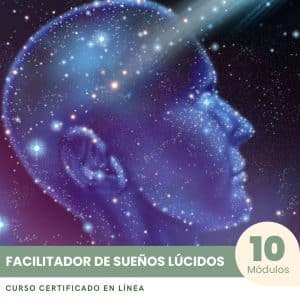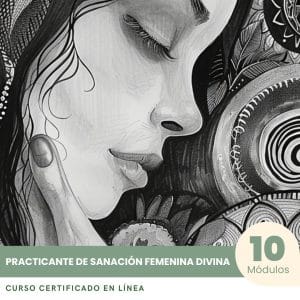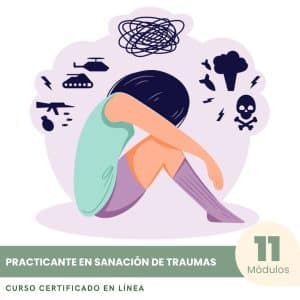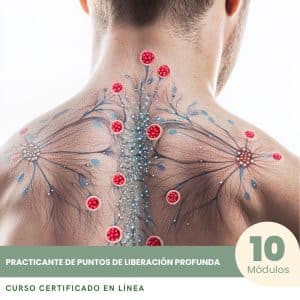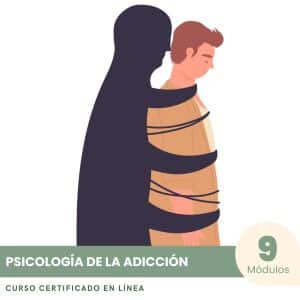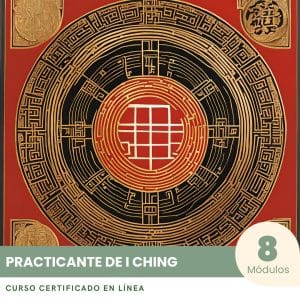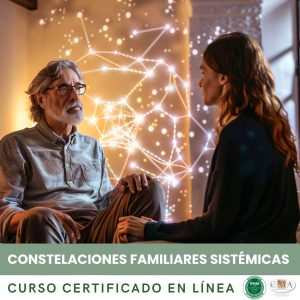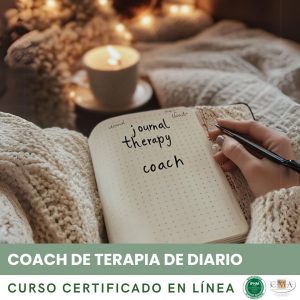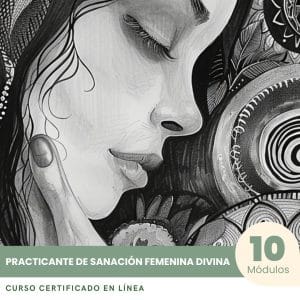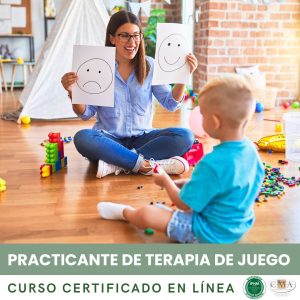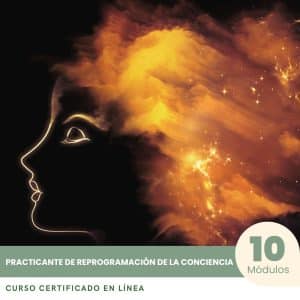Practicante de Reiki para Animales - Curso Certificado
1 X El precio original era: $247.00.$62.00El precio actual es: $62.00.
= $62.00
Practicante de la Respiración - Curso Certificado
1 X El precio original era: $247.00.$62.00El precio actual es: $62.00.
= $62.00
Guía de Unión Sagrada de Llamas Gemelas - Curso Certificado
1 X El precio original era: $247.00.$62.00El precio actual es: $62.00.
= $62.00
Coach de Transición Postparto - Curso Certificado
1 X El precio original era: $247.00.$62.00El precio actual es: $62.00.
= $62.00
Coach Menstrual - Curso Certificado
1 X El precio original era: $247.00.$62.00El precio actual es: $62.00.
= $62.00
Parapsicólogo - Curso Certificado
1 X El precio original era: $247.00.$62.00El precio actual es: $62.00.
= $62.00
Entrenador de mentalidad - Curso Certificado
1 X El precio original era: $247.00.$62.00El precio actual es: $62.00.
= $62.00
Practicante de Hoodoo - Curso Certificado
1 X El precio original era: $247.00.$62.00El precio actual es: $62.00.
= $62.00
Coach en Línea de lo Sagrado Femenino - Curso Certificado
1 X El precio original era: $247.00.$62.00El precio actual es: $62.00.
= $62.00
Practicante en Reprogramación Neural Profunda - Curso Certificado
1 X El precio original era: $247.00.$62.00El precio actual es: $62.00.
= $62.00
Coach Junguiano - Curso Certificado
1 X El precio original era: $247.00.$62.00El precio actual es: $62.00.
= $62.00
Coach TDAH - Curso Certificado
1 X El precio original era: $247.00.$62.00El precio actual es: $62.00.
= $62.00
Anales Akáshicos - Curso Certificado
1 X El precio original era: $247.00.$62.00El precio actual es: $62.00.
= $62.00
Practicante de Terapia Polivagal - Curso Certificado
1 X El precio original era: $247.00.$62.00El precio actual es: $62.00.
= $62.00
Introducción a la Terapia Canina - Curso Certificado
1 X El precio original era: $247.00.$62.00El precio actual es: $62.00.
= $62.00
TDAH en la Adultez - Curso Certificado
1 X El precio original era: $247.00.$62.00El precio actual es: $62.00.
= $62.00
